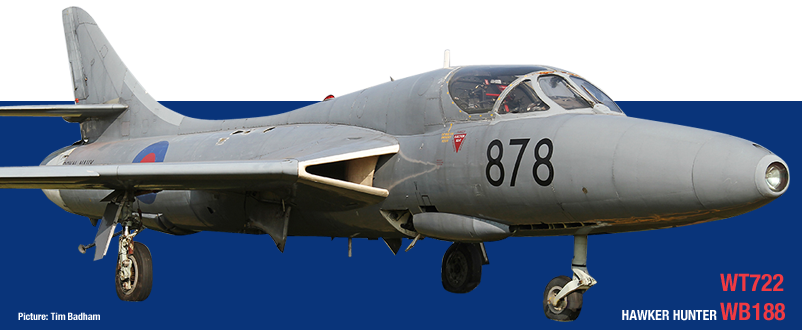
G-AMSV Returns to Coventry
An old friend returned to Coventry yesterday when G-AMSV, in her striking Indian Air force livery, landed here for extensive maintenance by our engineers. Sierra Victor was part of the Air Altantique fleet here for many years. She'll...
Baginton Air Pageant
The initial details for the Baginton Air Pageant are up on the website! As we don't have the space for a full-on air show attracting 20,000 or so people, we're aiming for low-key, themed days like this. A couple of thousand people,...
Newquay Pleasure flights
We promised we'd be back to fly in Cornwall, and here we are. We'll be heading south with a Rapide and Chipmunk to spend a week at Newquay from 25th July, with a further visit planned in August. The flights are bookable in the normal...
New Dakota Book
Geoff Jones just told me that his new book on the DC-3, released to celebrate the 80th anniversary of the Dak's appearance, is now available. The cover sports a lovely shot of G-ANAF, shot by Simon Westwood before her radome goiter was...
Nimrod Engine Run
We've just confirmed plans by NPT to run all four of the Nimrod's Rolls-Royce Speys on Saturday 9th May. We expect the thunder to start just after lunchtime. Come along and enjoy some audio power - and please dip into your pockets...


Quite possibly the prettiest jet fighter ever made, the Hunter came from the same stable as the indomitable Hawker Hurricane, and was designed to take on the mantle of its revered ancestor.
Hawker already had a successful jet aircraft in service in the shape of the Sea Hawk. Though it fulfilled its duties, the Sea Hawk was limited by what was essentially a Second World War design. Its straight wings and outdated Rolls-Royce Nene engine made it quickly obsolete.
Sydney Camm, the designer of both the Hurricane and the Sea Hawk, penned a development of his earlier jet, using a swept-wing planform. Designated P1052, the aircraft showed promise which crystallised further in the later P1067.
The Air Ministry issued a specification in 1946 for an aircraft to replace the Gloster Meteor. This was revised in 1948 to demand, among other things, a speed of 629mph. Sydney Camm's design task was simplified by Rolls-Royce's development of a new turbojet. The Avon was significantly smaller than the Nene used in the Sea Hawk, but developed as much thrust as the Meteor's two Derwent engines.
The P1067 first flew at Boscombe Down on 20 July 1951 and was immediately impressive. The Air Ministry had already ordered the new machine and the first Hunter - the F1 - was delivered to the RAF in 1953.
The great test pilot, Neville Duke, set a world air speed record in a Hunter on 7 September of that year, achieving 727.63 mph (1,171.01 km/h). The record stood for only three weeks before being broken by Michael Lithgow in the very similar Swift, made by Hawker's old rivals, Supermarine.
The Hunter was equipped with a quick-release weapons pack that could be dropped out of the forward fuselage and replaced in minutes with an alternative load-out. This made the Hunter exceptionally adaptable, allowing it to see service in a wide range of applications.
By the sixties, the Hunter's trans-sonic performance was looking relatively predestrian alongside 1,300mph newcomers like the English Electric Lightning and it retired from day fighter duties with the RAF in 1963. Still popular, reliable and adaptable however, it continued in service with air forces around the world. The world-leading RAF Black Arrows display team adopted the Hunter, displaying them in many countries and setting a world record when they looped and barrel-rolled 22 Hunters in perfect formation.

